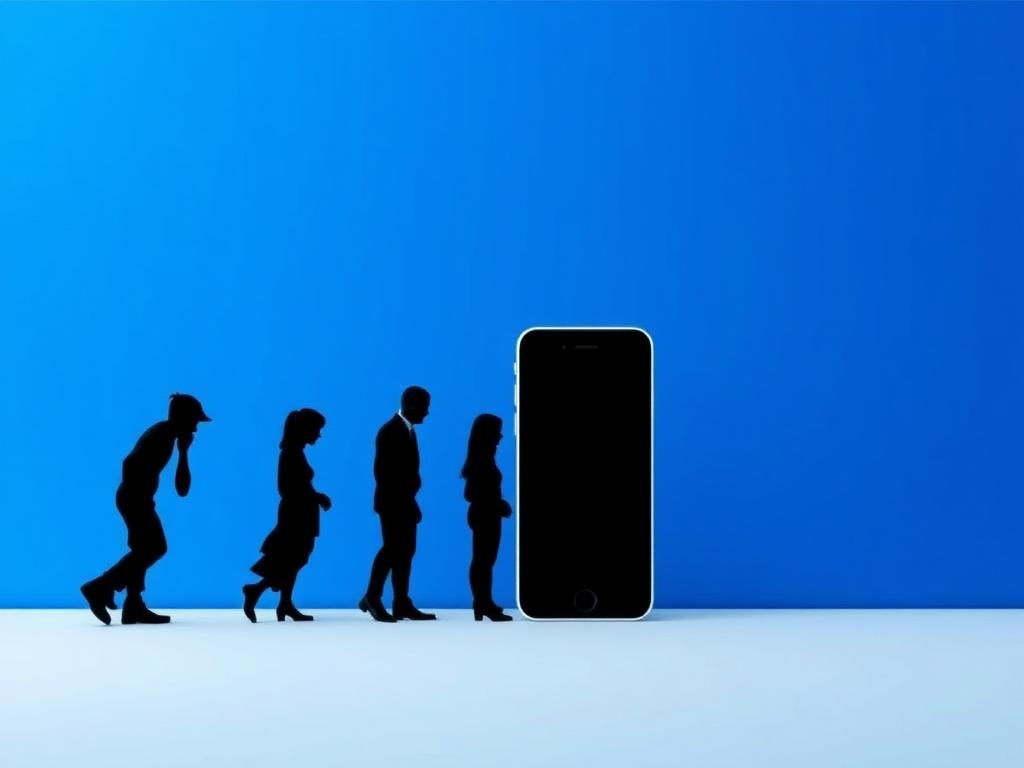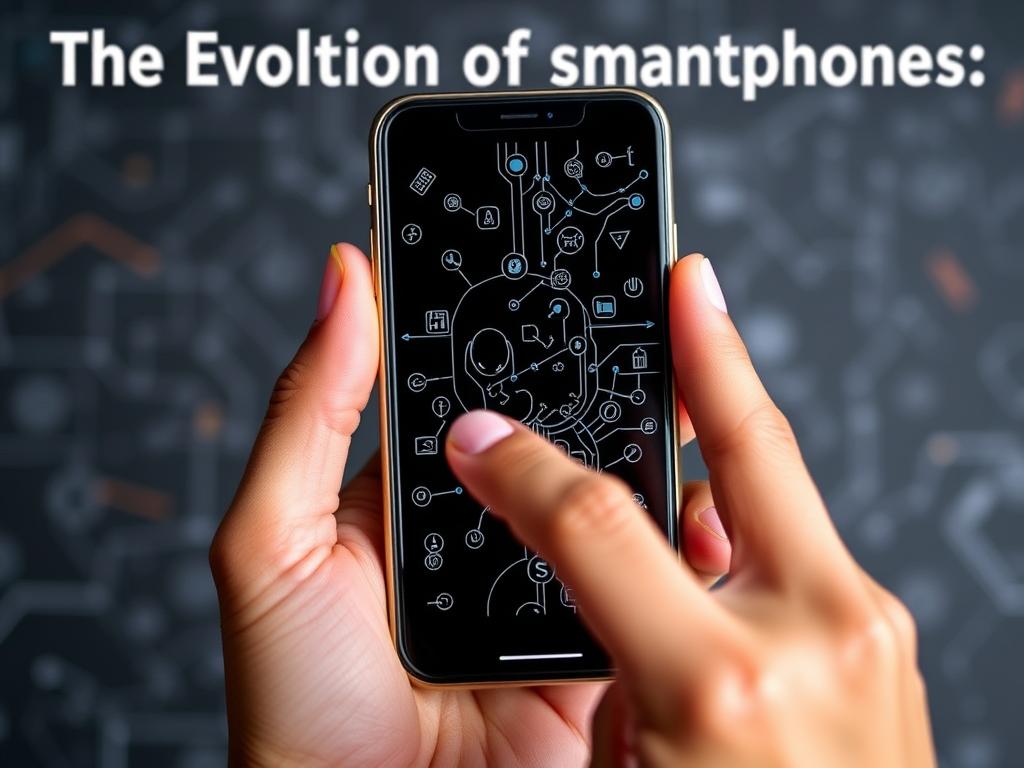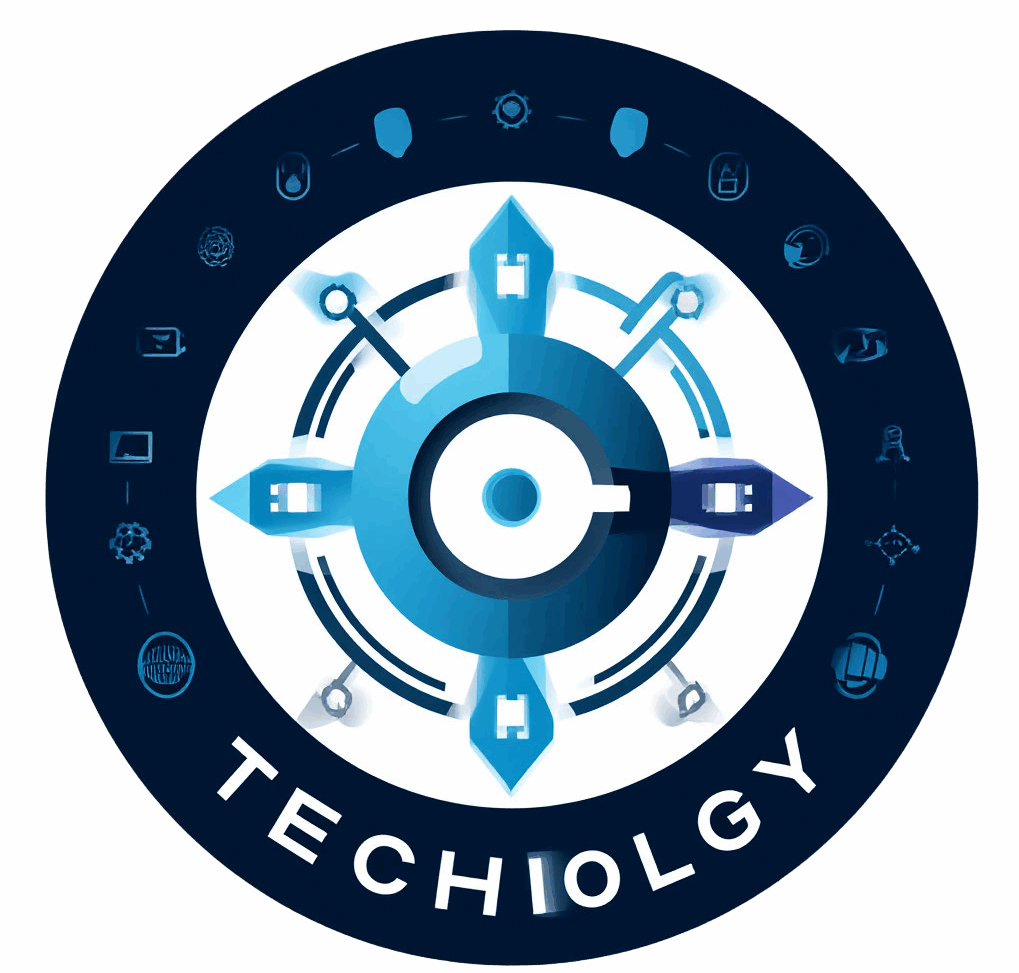Smartphones have become an essential part of our daily lives, transforming how we communicate, work, and entertain ourselves. It’s fascinating to think that the devices we carry in our pockets today are a result of decades of innovation, from bulky, simple mobile phones to sleek, powerful computers that fit in the palm of your hand. Understanding the evolution of smartphones helps us appreciate the technology we use and get a glimpse into what the future might hold. So, let’s embark on a journey through time, exploring how smartphones have developed over the years, and then take a peek at what’s next in this ever-evolving industry.
The Birth of Smartphones: From Mobile Phones to Smart Devices

Back in the early days, mobile phones were just used for making calls, and they were big and heavy. The first generation of mobile phones in the 1980s focused solely on voice communication. However, the transition to what we now call “smartphones” began in the 1990s, when devices started to include features like email and rudimentary internet access. The evolution of smartphones truly accelerated in the 2000s with the introduction of better processors, color screens, and touch capabilities.
One milestone was the launch of the Blackberry, which combined email, phone, and messaging in a portable device favored by business professionals. Soon after, Apple’s iPhone, introduced in 2007, revolutionized the market by offering a fully touch-based interface, a rich app ecosystem, and advanced multimedia capabilities. This shift marked the beginning of a new era for the industry.
The Era of Innovation: Key Features Driving Smartphone Evolution
What makes the evolution of smartphones so exciting is how the devices keep improving with each generation. Developers and manufacturers continue to push the boundaries of what’s possible. Here are some key features that have evolved over the years:
- Display Technology: From small monochrome screens to giant OLED panels with incredible color accuracy and high refresh rates.
- Processing Power: Smartphones now use processors comparable to some laptops, enabling multitasking and gaming on the go.
- Camera Systems: Cameras have evolved from a simple VGA lens to multi-lens setups with AI enhancements for professional-quality photography.
- Connectivity: From 2G to now 5G networks, each step has improved speed and reliability of mobile internet.
- Battery Technology: Batteries have improved in capacity and charging speed, allowing longer use and quicker recharges.
- Software and Ecosystems: The apps and operating systems have grown tremendously, creating vast ecosystems that keep users engaged.
This table highlights some of the significant milestones in smartphone evolution:
| Year | Key Innovation | Impact on Smartphones |
|---|---|---|
| 1992 | IBM Simon | Considered the world’s first smartphone – combined phone and PDA features. |
| 2007 | Apple iPhone Launch | Introduced multi-touch interface and full internet browser. |
| 2010 | 4G Networks | Enabled fast mobile internet and streaming. |
| 2016 | Dual Cameras | Enhanced photography capabilities and depth perception. |
| 2019 | 5G Launch | Significantly faster data speeds and low latency. |
Current Trends Shaping the Smartphone Landscape
So, where are we now? The smartphone industry constantly introduces exciting new trends that keep users eager for the next big thing. Here are some current developments shaping smartphones today:
Foldable and Flexible Displays
Foldable smartphones are no longer a futuristic concept — several manufacturers have launched devices with foldable OLED screens. These phones bring a tablet-like experience in a pocket-sized form, offering extra screen real estate without compromising portability. The technology continues to improve in durability and usability, gradually becoming more mainstream.
Artificial Intelligence and Machine Learning

Modern smartphones integrate advanced AI to improve various user experiences, from camera enhancements like scene recognition and night mode to voice assistants and predictive typing. AI helps personalize smartphones, making them smarter about the user’s habits and preferences.
Augmented Reality (AR) and Virtual Reality (VR)
AR and VR features are increasingly incorporated into smartphones, allowing apps that blend the real and digital worlds — whether for gaming, shopping, or education. While not yet a standard, these technologies could redefine how we use our mobile devices.
Security and Privacy Enhancements

As smartphones hold more personal data than ever before, security advancements such as facial recognition, in-display fingerprint sensors, and encrypted communication are critical areas of focus.
What’s Next: The Future of Smartphones
Looking ahead, the evolution of smartphones shows no signs of slowing. Experts predict several exciting developments on the horizon:
- More Advanced Foldables: Expect smoother, more durable foldable devices and potentially rollable screens.
- Deeper AI Integration: AI will become more proactive, offering personalized assistance and anticipation of needs.
- Wireless Everything: Wireless charging, accessories, and possibly battery life improvements thanks to new materials.
- Sustainable Design: Environmental concerns will drive manufacturers toward eco-friendly materials and longer-lasting devices.
- Biometric Innovations: Beyond face and fingerprint ID, future phones may use vein recognition or even brainwave detection for unlocking.
- Enhanced Connectivity: The rollout of 6G networks will propel data speed and connectivity to incredible new heights.
Imagine a future where your smartphone not only adapts to your needs but also seamlessly integrates into your home, car, and workplace, using the Internet of Things (IoT) to create a connected ecosystem that enhances every aspect of your life.
Emerging Technologies to Watch
| Technology | Potential Impact |
|---|---|
| Quantum Computing | Could revolutionize smartphone processing power and encryption. |
| Graphene Batteries | Faster charging and higher capacity batteries. |
| Holographic Displays | 3D interfaces without glasses for richer interactions. |
| Flexible AI Chips | Improved on-device AI processing with lower energy use. |
Conclusion
The evolution of smartphones is a story of innovation, adaptation, and relentless pursuit of better user experiences. From the humble beginnings of basic mobile phones to today’s powerful, multi-functional devices, smartphones have transformed the way we live and interact with the world. As current trends like foldable screens, AI, and AR gain momentum, the future promises even more exciting advances that will redefine what a smartphone can be. Whether it’s through smarter AI, revolutionary new materials, or immersive connectivity, one thing is certain: the smartphone’s journey is far from over, and the best is yet to come. Keeping up with these changes not only allows us to leverage new technologies but also offers a glimpse into how deeply intertwined our lives will become with these incredible devices.




